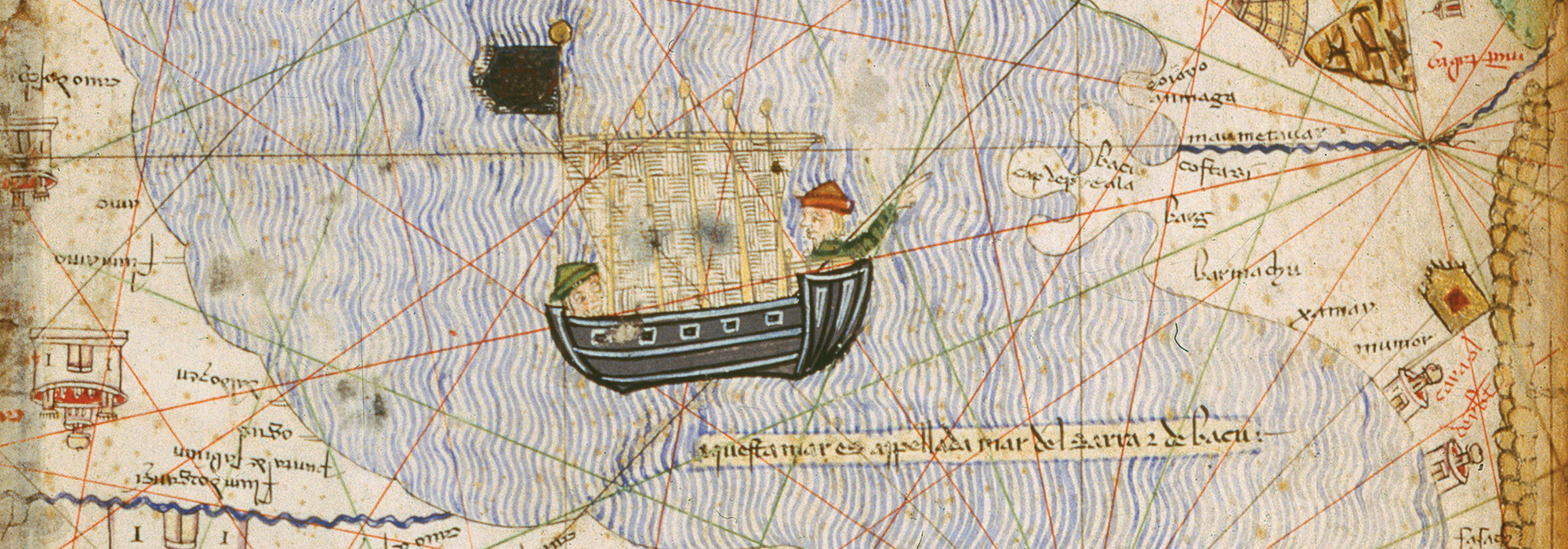HUAINAN, CHINA—China Daily reports that a tomb built by the Chu vassal state at the end of the Warring States Period (475–221 B.C.) has been excavated at the Wuwangdun site in eastern China. Looting has severely damaged the tomb, prompting this rescue excavation. The site features a cemetery surrounded by a moat. The largest tomb, made up of eight chambers arranged in the shape of a cross around a central chamber, had been topped with an earthen mound. Each of the eight chambers was covered with four layers of planks inscribed in ink and bamboo mats. So far, 78 of these bamboo mats have been removed and stabilized. “This is currently the largest-scale ancient bamboo mat extraction project conducted worldwide,” said Zhang Zhiguo of the National Center for Archaeology. The inscriptions on the layers of planks described the function of each chamber, added archaeologist Gong Xicheng of the Anhui Provincial Institute of Cultural Relics and Archaeology. Lacquer objects, bronze ritual artifacts, utensils, wooden figurines, and musical instruments were found in these chambers. Smaller tombs, chariot pits, and sacrificial deposits have also been uncovered in the cemetery. To read about a burial in China's Henan province that researchers believe belonged to the Luhun Rong, a people that were eliminated during the Warring States Period, go to "Tomb from a Lost Tribe."
2,200-Year-Old Chu State Tomb Excavated in China
News April 16, 2024
Recommended Articles
Features March/April 2025
Unearthing an Elusive Empire
Archaeologists have discovered rare evidence of an enlightened medieval dynasty that ruled much of Central Asia
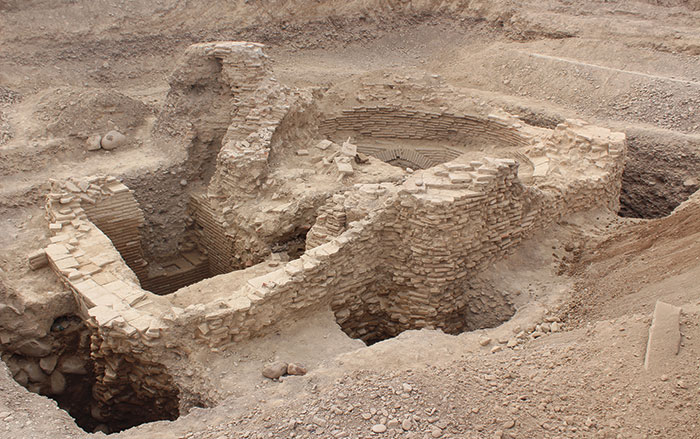
Digs & Discoveries January/February 2018
Underground Party

Digs & Discoveries July/August 2017
Tomb Couture

Top 10 Discoveries of 2025 January/February 2026
Oldest Mummified People
Southern China and Southeast Asia
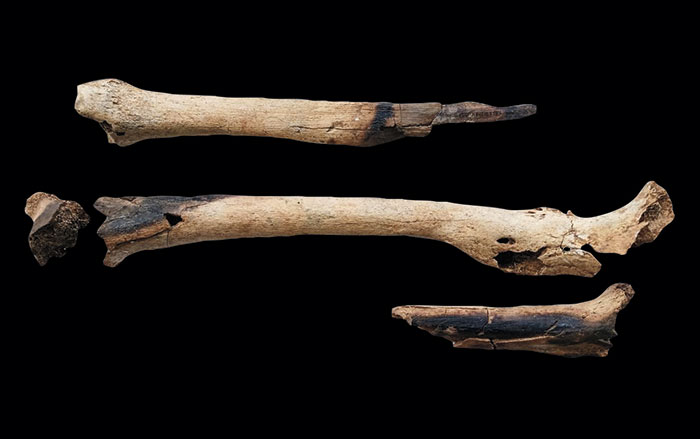
-
Features May/June 2024
Alexander the Great's Untold Story
Excavations in northern Greece are revealing the world that shaped the future king
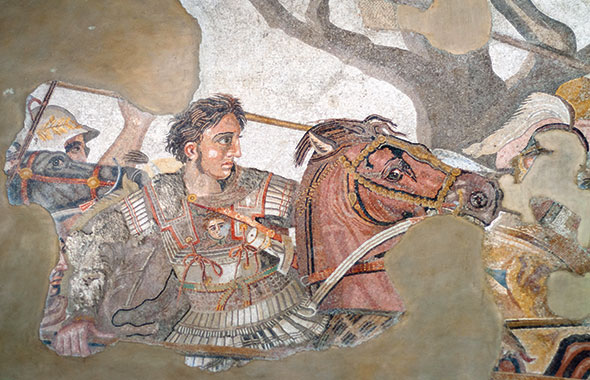 (Veronika Pfeiffer/Alamy)
(Veronika Pfeiffer/Alamy) -
Letter from the Catskills May/June 2024
Ghost Towns of the Ashokan Reservoir
An archaeologist investigates how construction of New York City’s largest reservoir a century ago uprooted thousands of rural residents
 (Courtesy the New York City Department of Environmental Protection)
(Courtesy the New York City Department of Environmental Protection) -
Artifacts May/June 2024
Medieval Iron Gauntlet
 (Courtesy Canton of Zurich)
(Courtesy Canton of Zurich) -
Digs & Discoveries May/June 2024
Ancient Egyptian Caregivers
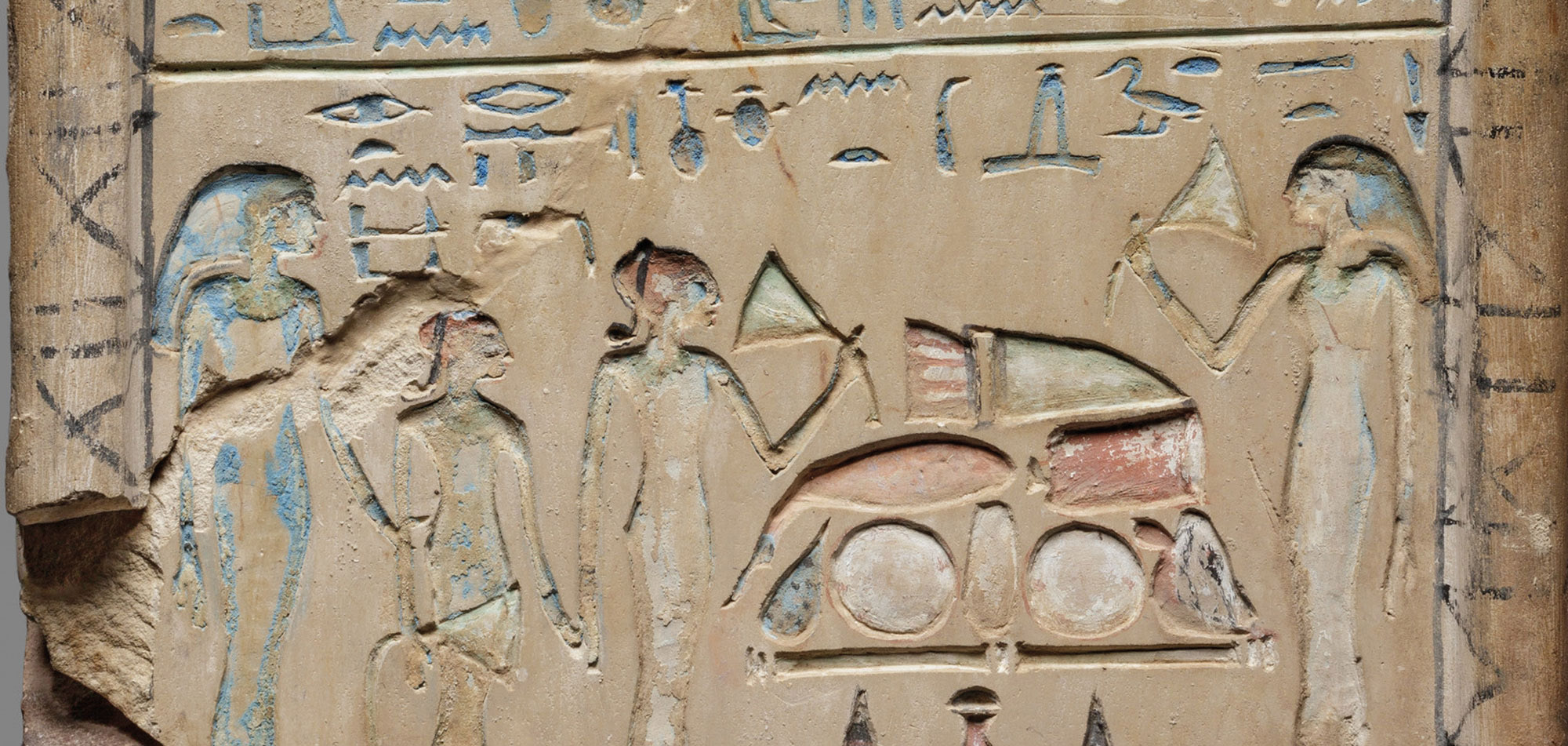 (Metropolitan Museum of Art)
(Metropolitan Museum of Art)


